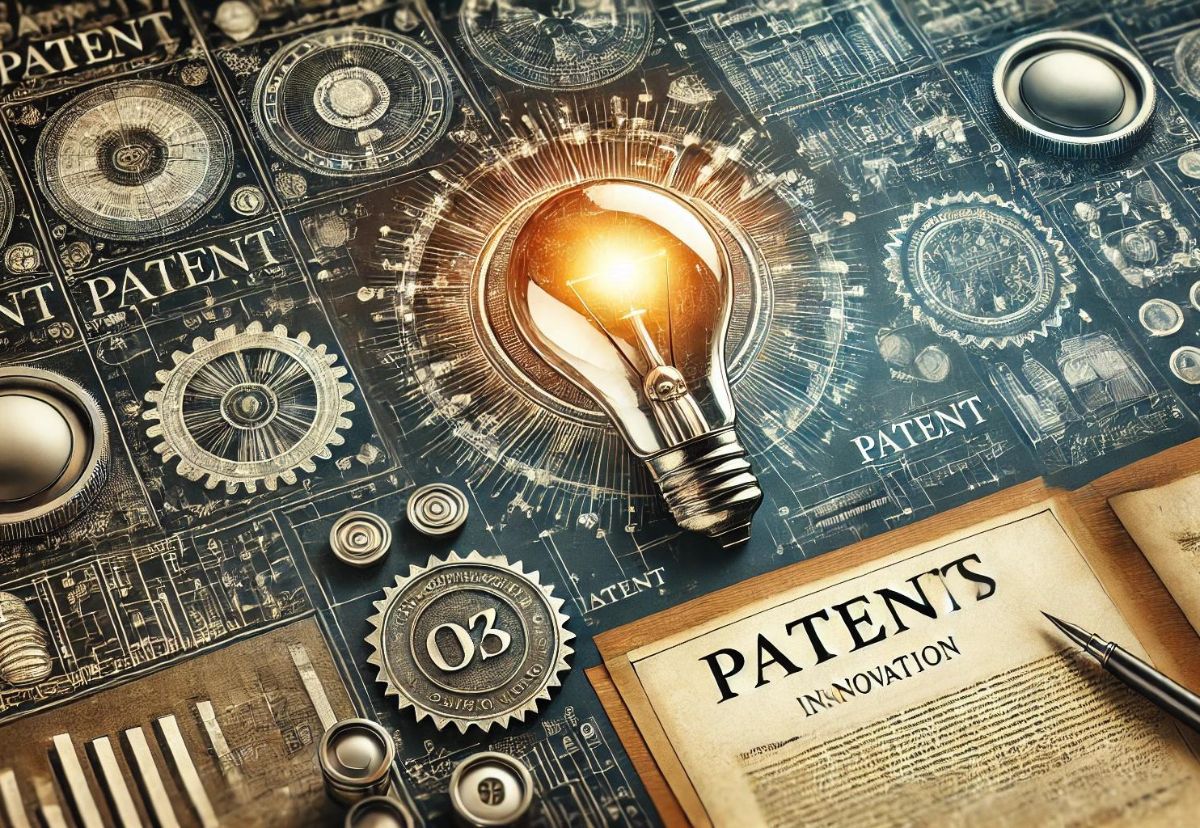A patent is a legal document granted by a sovereign authority to an inventor or inventors, giving them the right (for a set amount of time) to prevent others from making, using, or selling their invention. Legal jargon like that might make patents seem like a boring conversation topic, but patents are critical to protecting intellectual property around the world and are much more interesting than you may believe. Read on to learn ten of the most interesting facts about patents we’ve found to see what we mean!
- The very first patent granted was given to Filippo Brunelleschi in Florence. Filippo created an invention and secured a patent for his creation. It was for a boat to move heavy loads of large marble slabs up the Arno River during the construction of the Florence cathedral, which began in 1296 and took 140 years to complete.
- From 1790-1836, U.S. patents were initially held in the Blodget Hotel in Washington, D.C. In 1836, a fire in this office blazed, destroying what is believed to be 10,000 patent drawings and 7,000 patent models. Of these, 2,845 patents have been restored, with the inventor resubmitting the drawings to the patent office.
- Mary Dixon Kies was the first woman to not only receive a U.S. patent under her own name but also the first woman to apply under her own name in 1809. This is a big deal since women were not legally allowed patent rights under their own names until the mid-1800s.
- President Abraham Lincoln held Patent No. 6,469, which was for a device to “buoy vessels over shoals.” Although never put to use, he is the only president to hold a patent.
- In 1903, Lizzie Magie patented an anti-capitalist game called “The Landlord’s Game” (U.S. patent No. 748,626). Thirty years later, Hasbro’s “Monopoly” was invented (based on Magie’s game) and received Patent No. 2,026,082.
- A man named Shunpei Yamazaki in Japan holds the Guinness World Record for the most patents, at 11,353.
- In 1882, Samuel S. Applegate received a patent for his “Device For Waking Persons From Sleep.” This device connected a wall-mounted alarm clock to a wooden frame. On the frame were suspended wooden blocks, which were placed directly above the sleeper’s head. When the alarm rang, the frame would drop, causing the blocks to hit the person in the face. Applegate himself admitted in his patent application that “these cause pain.”
- The IBM Simon Personal Communicator (SPC) is considered the first smartphone and was released to consumers in 1994.
- In June 2024, the U.S. Patent and Trademark Office issued its 12 millionth patent.
- As of 2023, the University of California held over 12,700 patents, more than any other university in the world. Close behind was the Massachusetts Institute of Technology (MIT), and in third place was the University of Texas system.
These facts prove that the topic of patents is far from boring. But we have more to share! If you have an invention that you want to patent, start with the Inventors Assistance Center of the United States Patent and Trademark Office (opens in a new tab). Want to learn more interesting facts? Then check out our previous blogs (opens in a new tab). And, if you have some interesting facts of your own, send them to our Writing Team. We might make a blog out of them next!








